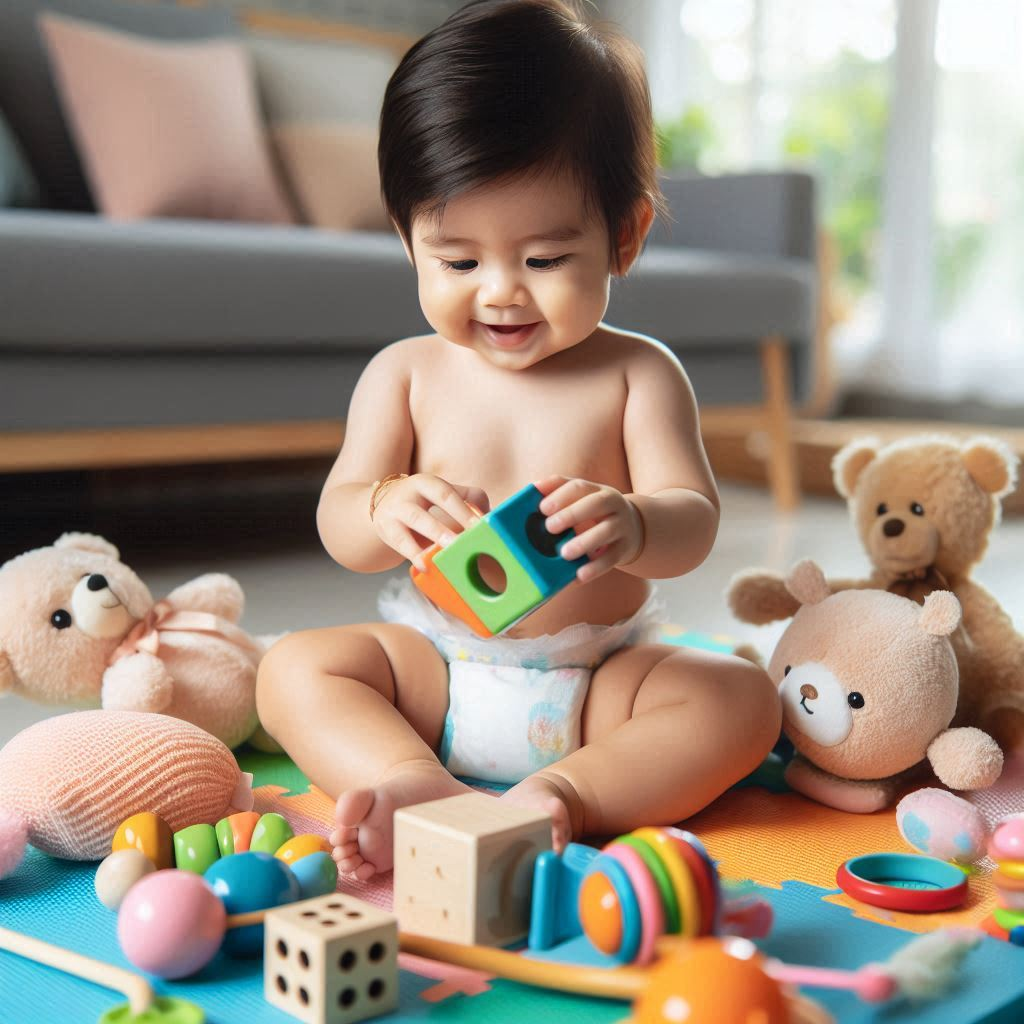Reteaching Activities for Infancy and Childhood
As a parent and former early childhood educator, I’ve seen firsthand how crucial reteaching can be in a child’s development. I remember working with a little boy named Tommy who struggled with basic counting. After trying various approaches, we finally found success using colorful blocks and a fun counting song. That experience taught me the power of creative reteaching methods. In this post, we’ll explore effective strategies to help young learners grasp essential concepts.
Quick Answer
Reteaching activities for infancy and childhood involve using visual aids, play-based learning, peer interaction, repetition, personalized instruction, and technology to reinforce concepts in ways that engage young learners and cater to different learning styles.
Why Reteaching Matters in Early Childhood
The early years of a child’s life are packed with rapid growth and learning. It’s a time when kids pick up the building blocks they’ll need for future learning. But here’s the thing – not all kids learn at the same speed. Some might need extra help to really get a concept. That’s where reteaching comes in.
Reteaching isn’t just about repeating the same lesson. It’s about finding new ways to present information so it clicks for the child. When done right, reteaching can:
- Boost a child’s confidence
- Fill in learning gaps
- Prevent future struggles
Continue reading: Flat Head Baby Can Still Be Fix?
Common Hurdles in Teaching Young Kids
Before we dive into reteaching strategies, let’s talk about why teaching little ones can be tricky:
1. Short Attention Spans
Young kids often have trouble focusing for long periods. They might seem to get a concept one minute, only to forget it the next. This means we often need to circle back to ideas multiple times.
2. Different Learning Styles
Some kids learn best by seeing, others by hearing, and some by doing. A one-size-fits-all approach rarely works in early childhood education.
3. Language Development
Little ones are still building their vocabulary. This can make it hard for them to understand complex instructions or ideas.
Effective Reteaching Strategies
Now, let’s get into the good stuff – strategies that really work for reteaching young children:
1. Use Visual Aids and Hands-On Activities
Kids love things they can see and touch. Using visual aids like colorful charts, picture books, or fun videos can make lessons stick. Hands-on activities are even better because they engage multiple senses.
Try This: Create a “number hunt” game. Hide numbered cards around the room and have kids find them. When they do, they have to grab that many small objects (like buttons or pom-poms) to match the number. It’s a fun way to practice number recognition and counting.
2. Make Learning Playful
Play isn’t just fun – it’s how kids learn best. When we turn lessons into games, kids are more likely to engage and remember what they’ve learned.
Activity Idea: Set up a pretend restaurant where kids can practice writing by “taking orders,” counting by handling play money, and learn about nutrition by creating menus. It’s amazing how much learning can happen through imaginative play!
3. Encourage Peer Learning
Sometimes, kids explain things to each other in ways adults would never think of. Peer learning can be a powerful tool for reteaching.
Group Activity: Create “expert groups” where each child becomes an expert on a simple topic (like a color or shape) and then teaches their peers about it. This boosts confidence and reinforces learning.
4. Embrace Repetition and Routine
Young brains thrive on repetition. But instead of just repeating the same lesson, try presenting the information in different ways throughout the day.
Daily Practice: Start each day with a fun “calendar time” where you review days of the week, count the date, and talk about the weather. This routine reinforces several concepts in a fun, consistent way.
5. Personalize Your Approach
Every child is unique. What works for one might not work for another. Take time to understand each child’s strengths and challenges.
One-on-One Time: Set aside a few minutes each day for personalized learning time with each child. This allows you to tailor your reteaching to their specific needs.
Continue reading: Which of the Following Statements Is True Regarding Infant Feeding
6. Incorporate Technology Wisely
Educational apps and games can be great tools for reteaching, especially for tech-savvy kids. Just be sure to choose high-quality, age-appropriate options.
Tech Tip: Look for apps that adapt to a child’s skill level and provide immediate, positive feedback. This can be especially helpful for practicing skills like letter recognition or basic math.
A Real-Life Reteaching Success Story
Let me share a story about a little girl named Zoe. At age 4, Zoe was struggling to recognize letters. Traditional flashcards just weren’t working for her. Her teacher noticed Zoe loved to move, so they tried a new approach:
“We created a giant alphabet hopscotch game in the classroom. Zoe would hop to a letter and shout its name. If she wasn’t sure, we’d give her clues about words starting with that letter. Within weeks, Zoe’s letter recognition improved dramatically. She went from dreading letter practice to begging to play ‘letter hopscotch’ every day!”
This story shows how finding the right reteaching method can turn a struggle into a strength.
Wrapping It Up: The Power of Patient Reteaching
Reteaching in early childhood isn’t about drilling information into young minds. It’s about finding creative, engaging ways to help kids connect with concepts. Remember:
- Every child learns differently
- Patience is key
- Make learning fun and hands-on when possible
- Celebrate small victories along the way
With the right approach, reteaching can transform a child’s learning experience. It can turn confusion into confidence and struggle into success. So the next time you’re working with a young learner who’s having trouble grasping a concept, don’t get discouraged. Get creative, stay patient, and remember that sometimes the best teaching happens in the reteaching.
Additional Resources
For more ideas on reteaching activities for infants and young children, check out these helpful websites:
- National Association for the Education of Young Children (NAEYC)
- Zero to Three
- Scholastic’s Early Childhood Today
Remember, the journey of learning is just as important as the destination. Happy teaching (and reteaching)!

Jessica Winter is a passionate parenting blogger with two years of experience guiding new and seasoned parents through the joys and challenges of raising babies. Her insightful posts blend personal anecdotes with expert advice to offer a warm and practical perspective on modern parenting.

